Today, I received an email asking what I found most valuable about the UCSC Science Communication program.
I could say the internships have given me fantastic on-the-job training; the instructors have made my writing tighter and livelier; I’ve had the opportunity to meet reporters from The New Yorker, the Wall Street Journal, the San Jose Mercury News and the Los Angeles Times; and by the end of this quarter I’ll have a better handle of photography, video editing and investigative reporting.
While that is all true, one of my favorite parts about the program has been the personal essay assignment. Apart from personal statements for applications, I had never written about myself in such a, well, personal way. Writing that 750-word piece was difficult and cathartic, and reading it aloud to my classmates and Janet, our instructor, was even more more so. I had to rush at certain points to keep myself together.
Most of us were tearing at one point or another as we went around the room reading our stories. That session was one of my favorite of the year. I won’t reveal my classmate’s memoirs, but I’ve pasted my first draft here:
In first grade, my blue pencil case was lord among my school supplies. I bought the VHS-sized contraption in a San Diego Toy ‘R’ Us during Easter vacation in 1987. It was pimped out with padded covers featuring illustrations of military jets. I didn’t care much for the images—I would have rather had My Melody smile at me—but the magic buttons that popped open the pencil pocket, the eraser holder, the pencil sharpener, the magnifying class and the thermometer made the pencil case more than a utilitarian gadget.
It represented the American Dream: Disneyland, Popples, Barbie, Care Bears, Count Chocula and McDonald’s.
I was born in Mexico City, but I was convinced that my true home was the United States. I watched mostly American television series, and even had the good fortune of going to a bilingual school where I learned English from Big Bird and Ernie.
Then my dad came home one spring afternoon in 1988 and told us we’d be moving to Los Angeles in August. I was thrilled.
We went to the U.S. embassy to get our visas. I was on my way.
We packed up the essentials and divvied up what we couldn’t take among relatives and friends. I was sad to leave, but also excited. California was my golden opportunity to become American.
But when I arrived, I quickly realized my three years of English classes hadn’t been enough. I couldn’t communicate with my new compadres.
At a school interview with the nuns who ran Good Shepherd Catholic School, I smiled and nodded, and did my best to understand what they were saying.
I don’t remember what they asked, nor what my responses were, but whatever it was must have worked. I got into the school. Crisis averted!
One of my dad’s new coworkers had a daughter in my grade. Ximena was Mexican too, and she was my ambassador and translator.
We became close friends, but despite her help, I felt out of place. Ms. Ellis kept me after school to work on my English skills, and my classmates noticed.
During one of my first private sessions, she asked me where I was from.
I mumbled, “I am of Mexico”—a direct translation from the Spanish, soy de Mexico. She smiled and quickly explained the difference between of and from.
In the classroom, I adjusted rather quickly and I earned good grades. But on the playground, I sometimes still felt like the new girl who didn’t know how to talk.
I wanted to belong, but I didn’t have blond hair and blue eyes. Ximena, who had been blessed with both, must have an easier time, I thought.
As time went on, my sense of being different didn’t subside, so I shunned speaking Spanish. I felt embarrassed when someone would approach me in my native language and mortified when my mother couldn’t communicate with the non-Latino parents.
I felt this way through most of college. There, I didn’t have very many Latino friends, and I made it a point stay away from the Latino organizations on campus. The closest I came to one was living in the Spanish-language dorm, which was among the most beautiful houses on campus. It was also run by Europeans—not Latinos—a very important distinction in my mind.
I can’t pinpoint the moment when my feelings of self-hatred started to go, but I think it happened in New York.
My first semester in graduate school I had a roommate from Spain. It felt silly to speak with her in English. Around the same time, I started dancing salsa, and for the first time, I listened to Spanish music willingly.
That’s one of the reasons I love New York so much. Despite California being new Mexico, New York—land of salsa, Dominicans and Puerto Ricans—was where I became a proud Latina.
Now, I speak Spanish without hesitation. When a stranger asks me a question in Spanish, I don’t wish for the ground to turn to quick sand.
It’s been almost 24 years since I moved to the U.S., and my American Dream has shifted. I’m glad since my original concept was skewed to begin with.
Often, we don’t get to spend a lot of time together as a class because we’re bustling from school to our internships, and there’s always a deadline to meet. But this assignment gave us a chance to learn about each other in a very intimate way.
As the year winds down, I hope our walks through campus during photography class will afford similar opportunities.
Images: 1) Science Communications Programs. UCSC. 2) Los Angeles City Hall. Daniela Hernandez. 3) New York City skyline north of West 43rd St. Daniela Hernandez. 4) UCSC Campus. Daniela Hernandez.

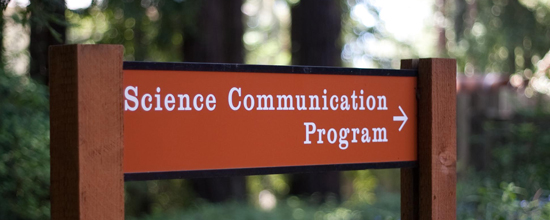
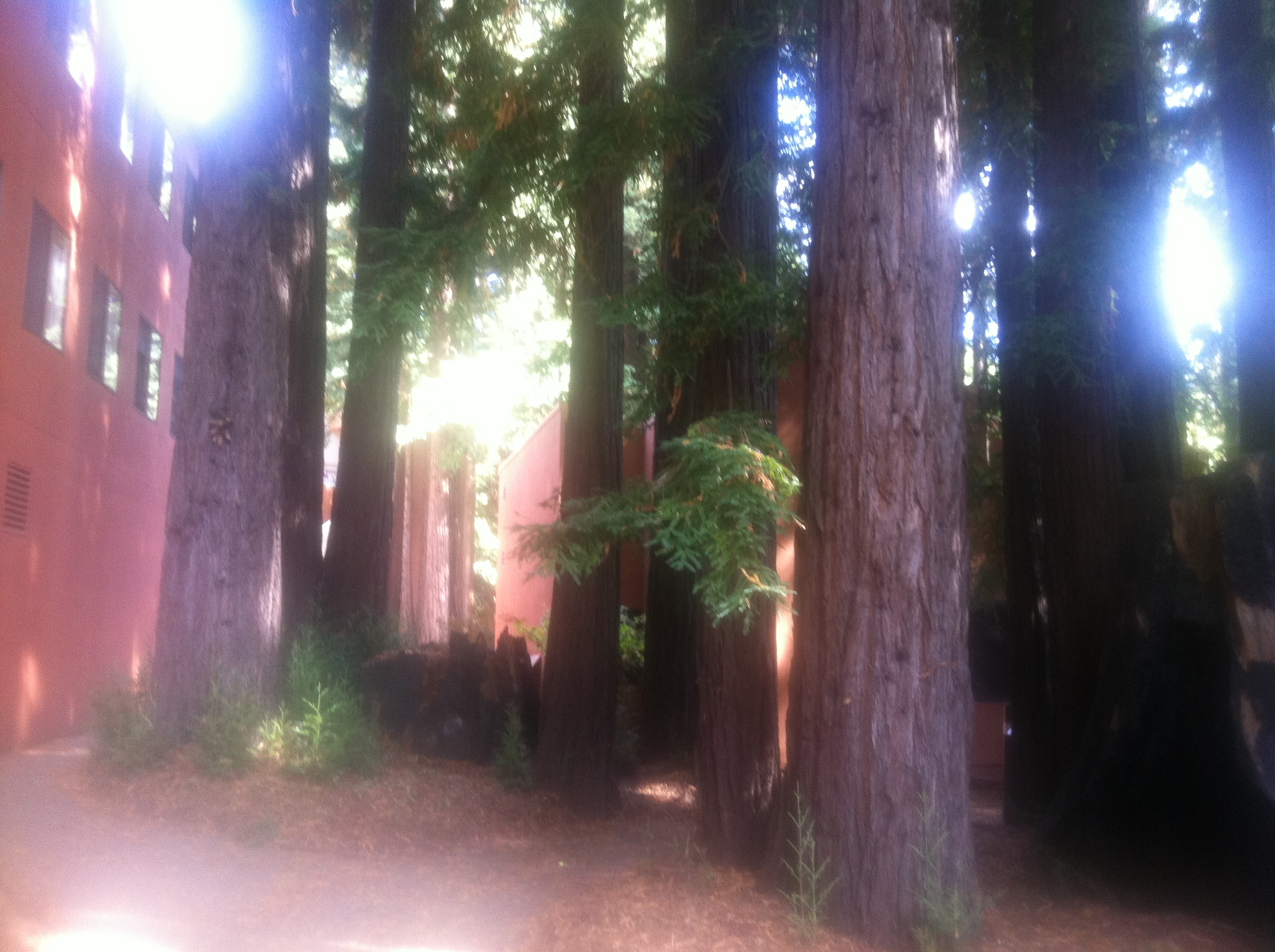
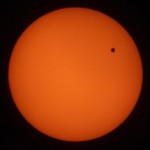

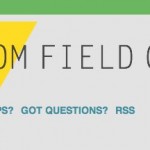
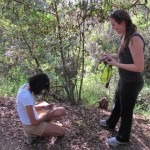
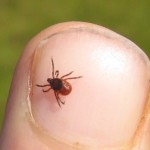

Comments are closed.